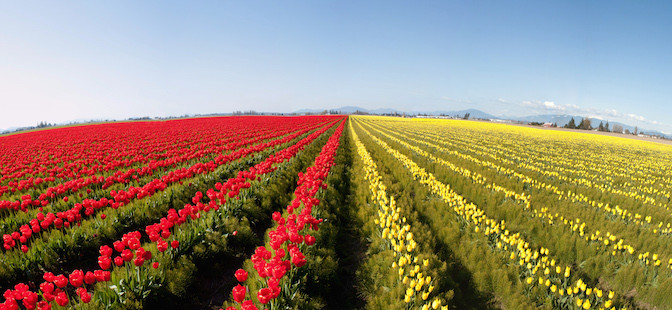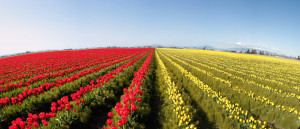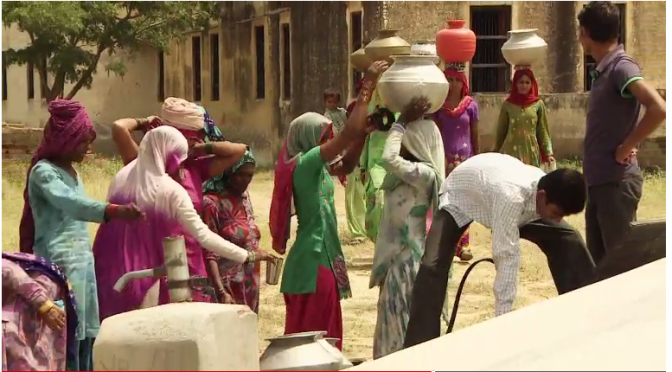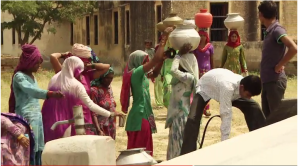 If you drink water, you may want to watch this alarming video of an investigative story about carcinogen levels found in the public water system in Sacramento, CA.
If you drink water, you may want to watch this alarming video of an investigative story about carcinogen levels found in the public water system in Sacramento, CA.
“In 2013 and 2014, the City of Sacramento tested a new chemical at its main water treatment plant, and an ABC10 investigation found the substances that formed in the city’s drinking water system as a result, could cause cancer. Testing of the chemical called aluminum chlorohydrate, or ACH, almost immediately sent up warning signs that something was seriously wrong, and even though those red flags continued for an entire year, the city didn’t stop and didn’t warn people about a hazard.”
Click to watch:
Sacramento’s Drinking Water Secret
In 2013 and 2014, the City of Sacramento tested a new chemical at its main water treatment plant, and an ABC10 investigation found the substances that formed in the city’s drinking water system as a result, could cause cancer.
When asked why the findings weren’t reported to the public, a city official replied that as long as they were in compliance, public reporting wasn’t necessary.





 Bhagwati Agrawal has been named a 2015 Top 10 CNN Hero.
Bhagwati Agrawal has been named a 2015 Top 10 CNN Hero.